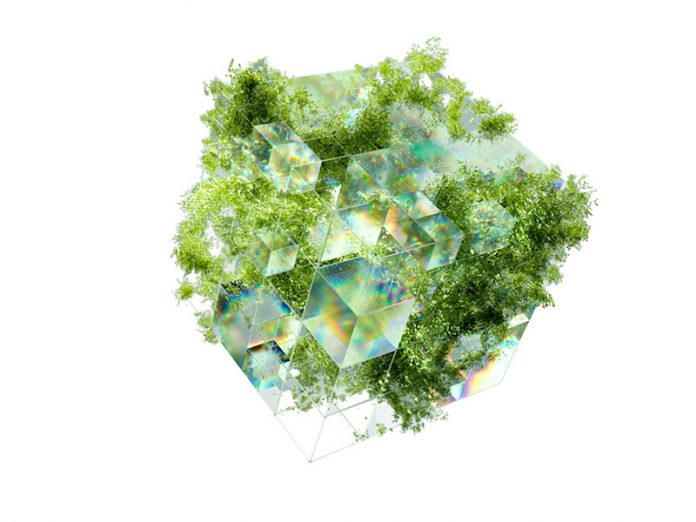Apeksha Mishra, Chief Product Officer at Investis Digital (IDX), believes the ‘More is less’ principle should be applied to this rapidly growing technology.
The use of generative AI in business has transformed the way we work. Whether it’s helping draft a tightly worded email or providing incredibly detailed plans in a matter of seconds, the technology has not only shortened tedious tasks but breathed new life into more complicated ones.
Marketing is one of the biggest users of generative AI, with almost 8 out of ten departments (79%) saying they’ve used some form of the technology in their work. However, their focus on quantity of content over quality threatens to add to the already large and growing digital waste crisis.
Role in the digital waste crisis
It’s easy to understand why generative AI has become so popular in marketing, which is under constant pressure to put together campaigns rapidly and create content that stands out.
The technology has completely changed the game in this regard. Rather than spending thousands of pounds on creating video or audio material, AI can produce content for a fraction of the cost, resources, and time. It provides a good starting point for marketers to sprinkle in their own ideas and imagination.
However, its use is causing concern around digital marketing’s green credentials. The annual digital waste created by marketers and advertisers is directly comparable to the CO2 emissions of the global aviation industry – and this was before generative AI entered the fold. Recent research found that training a single generative AI model can consume up to 284,000 litres of water – the equivalent of an average person’s water consumption over 27 years.
The irresponsible use of generative AI tools is also seeing a monumental amount of irrelevant, mundane, and low-quality content published online. Analysis by NewsGuard found 49 fake news websites that were using AI to generate content in early May 2023. By the end of June, this had escalated to 277 sites.
Even without generative AI, digital marketing teams have had long-standing issues with their tech stack. IDX and Forrester research showed that almost half (47%) of marketers agree that poorly used marketing and advertising tech platforms led to wasted resources, time, and money – and subsequently produce increased levels of digital waste, energy consumption, and carbon emissions.
Plus, although the exact impact of generative AI on an organisation’s Scope 1, 2, and/or 3 emissions is difficult to forecast right now, Capgemini research showed the technology to have a significantly heftier carbon footprint than many other digital tools.
Can it be used sustainably?
Rather than simply decreasing its use, marketing teams need to get smarter in how and when they use generative AI tools. Doing so will make marketers more sustainable – and more effective at the same time.
The first step in achieving this is to understand what generative AI can and can’t do well. For example, while it can provide quick and easy chunks of information, it should be used carefully for mass-producing blogs, images, or any areas where creativity and flair remain key for audience engagement. However, it can be incredibly helpful when it comes time to modify that content for different markets and translate it into different languages.
There are other reasons why generative AI should be used carefully instead of haphazardly. With so much talk around intellectual property and where the technology collects its information from, it shouldn’t be used verbatim.
The spread of disinformation online is already high, and there are still occasions where generative AI tools have produced out-of-date or flat-out wildly inaccurate information. Using images without attributing them to their original creator can also create legal headaches.
Generative AI could be used to enhance the creativity and imagination of content produced. People still buy from people, and audiences crave emotion-led campaigns now more than ever. Rather than churning out more of the same content, the technology could be used to take the robot out of the human, as truly unique ideas stand out from a large and growing orchestra of white noise.
There’s also a technological solution to generative AI waste. To decrease the risk of duplicated content churned out by generative AI, marketers need to better connect their current tech stack. A more connected tech stack can reduce ad waste by 47% as well as increase company revenues by 59% when working in sync, according to the same Forrester and IDX report.
Quality, not quantity
Although there’s been little discussion about the environmental impacts of the technology so far, it will quickly come to the forefront as it increasingly enters the mainstream.
In a world where greenwashing is being increasingly called out, businesses will need to get on top of this before it’s too late.
Marketers have a big role to play in this regard. The old saying, ‘More is less’, couldn’t be truer in the current use of generative AI, but by prioritising quality over quantity, businesses can boost results while helping combat the digital waste crisis.



